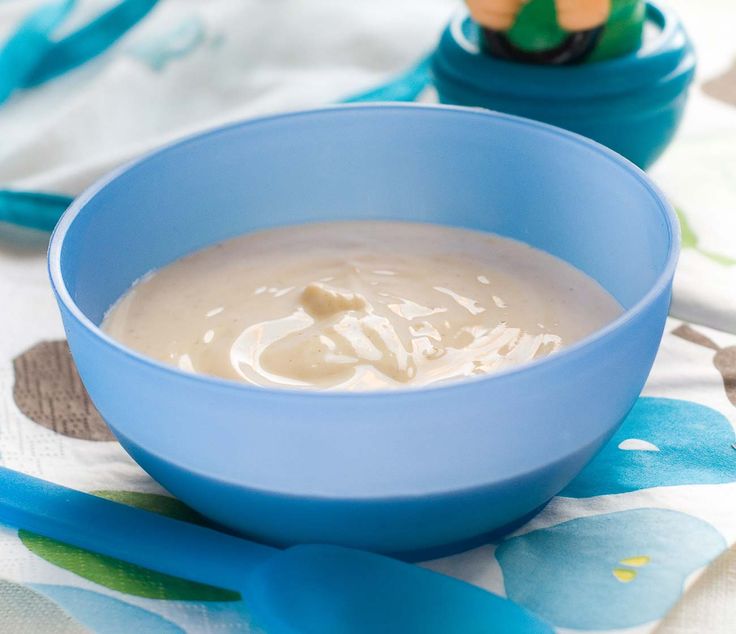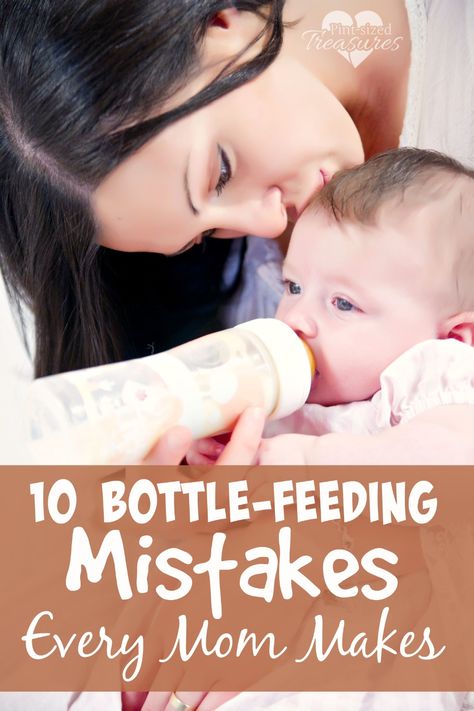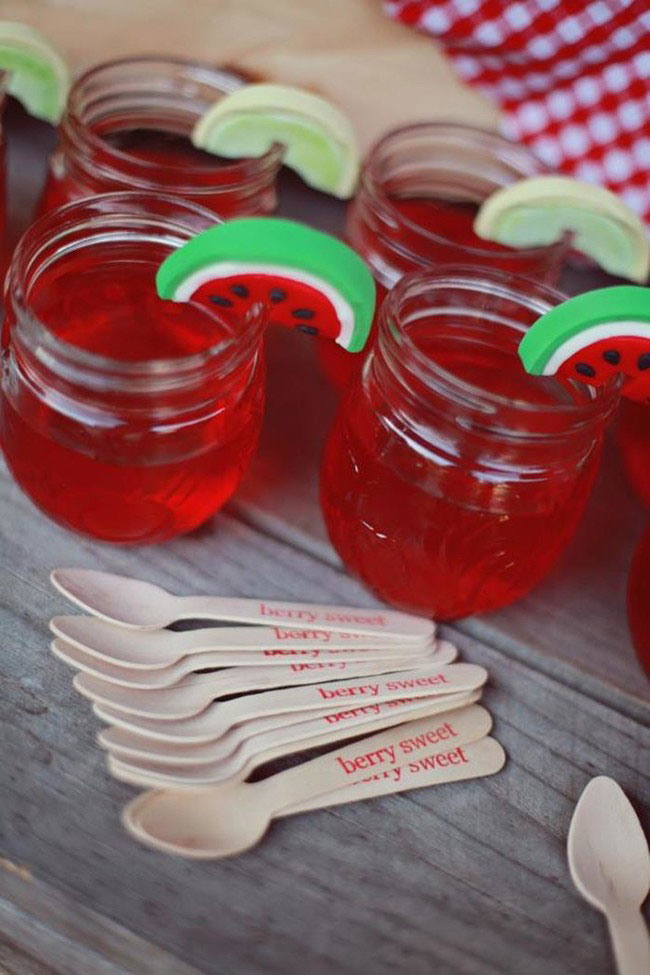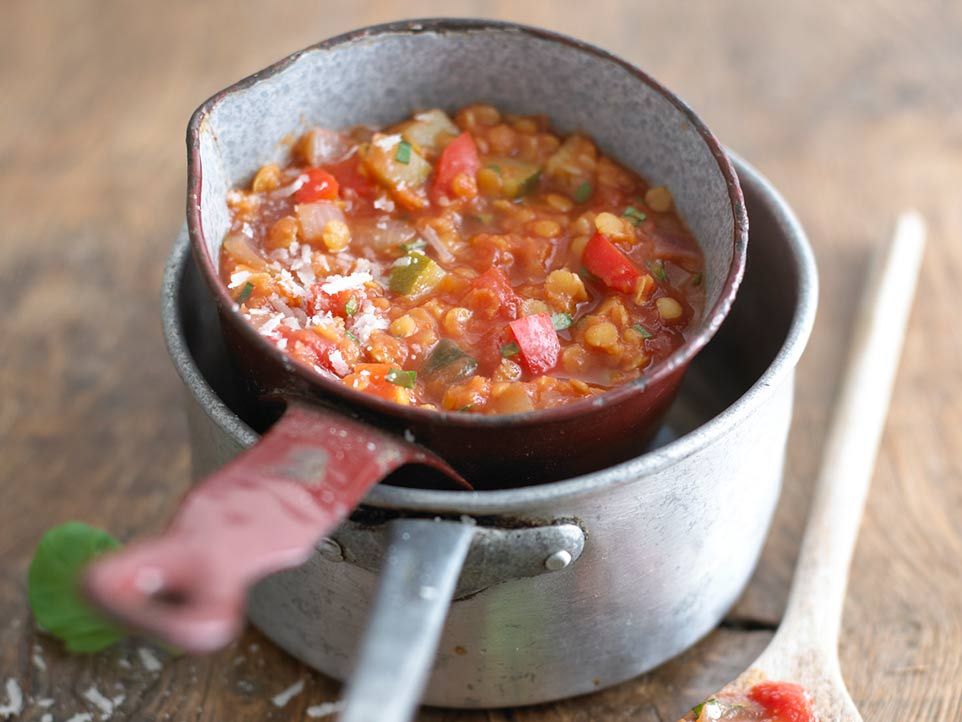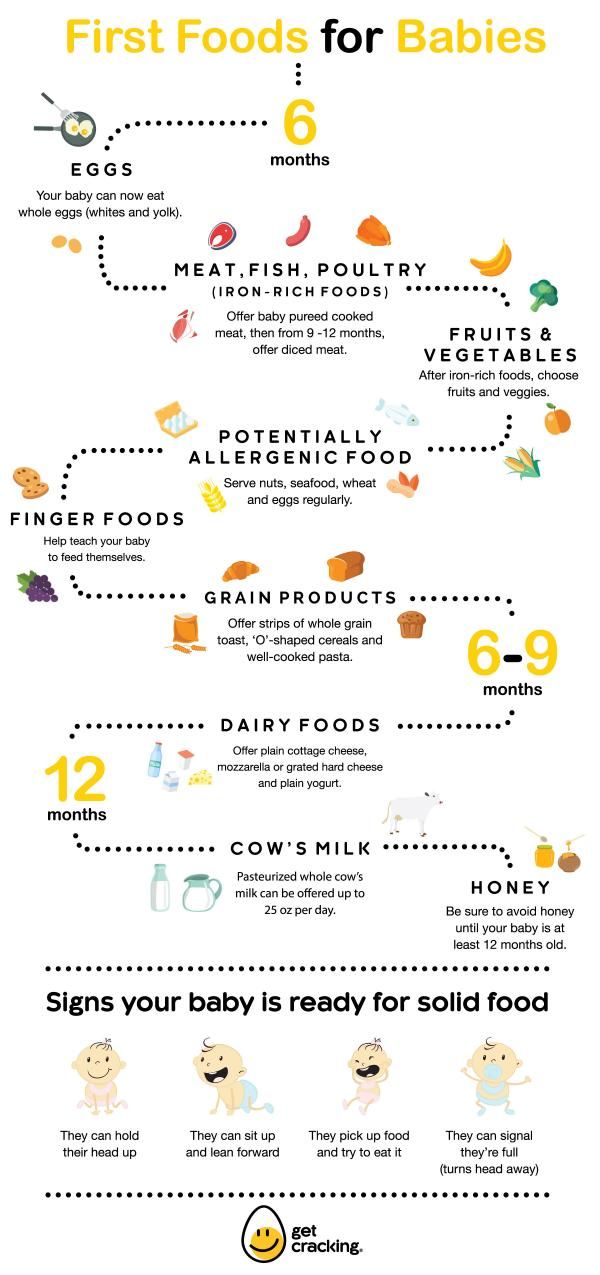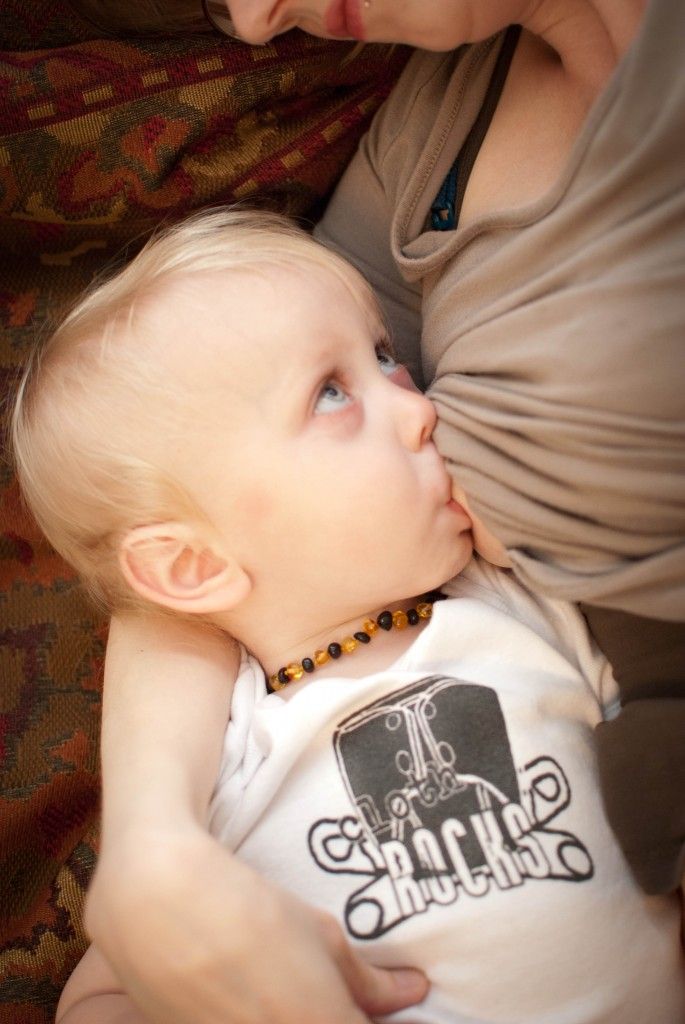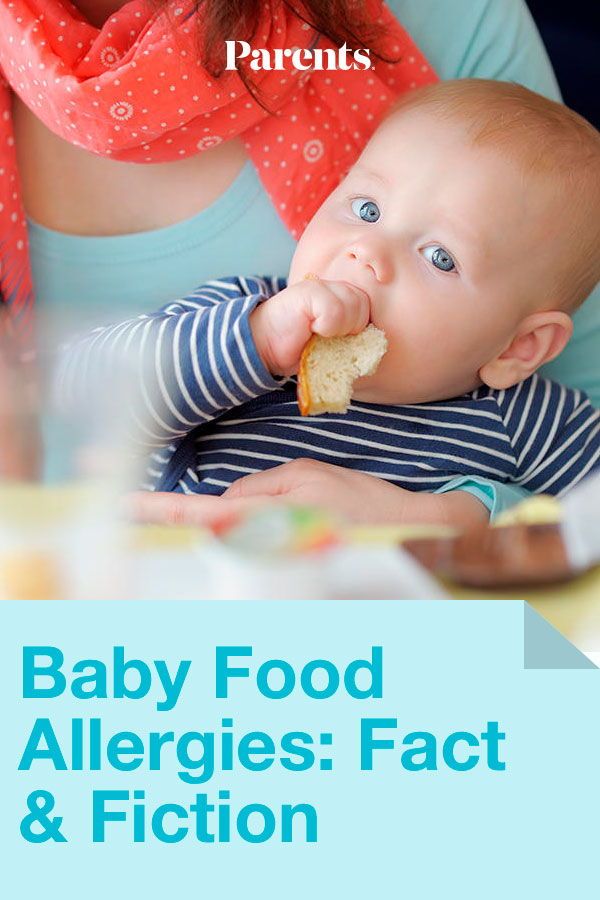Rice porridge baby food
Rice Porridge for Babies - MJ and Hungryman
Jump to Recipe
Super easy to make, this beef and vegetable rice porridge for babies is easy-to-digest, nutritious, and suitable for 6 months and up. It’s also a great meal to serve when your child is feeling sick or teething.
While I’m calling it baby porridge, this dish is for all ages! Rice porridge is commonly enjoyed in Asian cultures as a hearty savory breakfast. It’s also our “chicken soup.” Warm and comforting, it’s the perfect meal during an illness.
If your child is running a fever, teething, having diarrhea, etc., make this porridge ASAP!
Porridge is such a great way to invite variety into your baby’s diet! It can be made with any types meat, seafood, vegetables, and other flavorful toppings.
Here I’m sharing a veggie-loaded version with beef!
Is rice safe for babies?
Being Korean, we eat a lot of rice. That’s why when the report about rice containing about 10 times as much inorganic arsenic as other cereal crop came out, my anxiety initially skyrocketed. Perhaps you can relate.
Why so much in rice? It's due to the way they're grown and rice tend to absorb more heavy metals from the soil in which they are grown.
Arsenic is especially concerning for babies and young children as their bodies are so small and therefore getting much higher exposure than the adults. Arsenic is also a neurotoxic compound and thus can lead to impaired brain development. I know. Scary.
BUT! don't let fear get the best of you. I share this information because knowledge is important. It helps us to learn and make informed decisions.
What this knowledge further motivated me to do, and I hope it does for you, is to focus on offering a wide variety of grains instead of relying heavily on rice.
Overall, oatmeal (we make variations of this ALL the time for a quick breakfast), barley, buckwheat, quinoa, and wheat contain much lower amounts of inorganic arsenic.
How to cook rice for baby 6 months and up
Resource
Here's a simple way you can significantly reduce arsenic from rice while preserving its nutrients.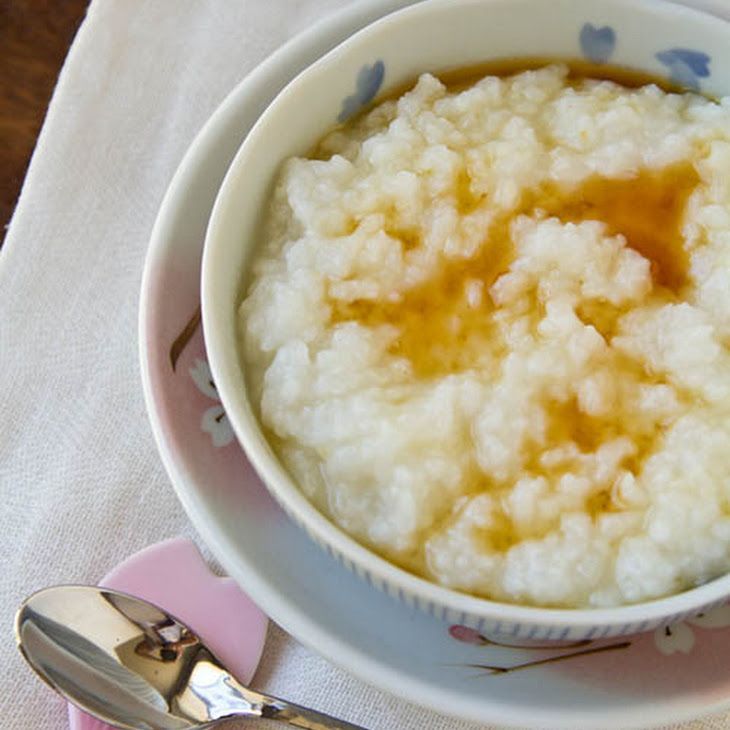
According to the research, parboiling rice removes about 54 percent of arsenic in brown rice and about 73 percent in white rice, while retaining the most amount of the nutrients potassium, magnesium, zinc, phosphorous, and manganese.
For this recipe, not only will this extra step remove the arsenic content considerably, it also shortens the cooking time.
Ingredients
Rice - Sushi or jasmine rice will work best. I don’t recommend basmati as it doesn’t break down into a creamy, “gluey” consistency.
Vegetables
Feel free to use whatever vegetables you wish - bell pepper, broccoli, asparagus, spinach...endless possibilities!
You can finely chop using a knife or a food processor. I like to prep a lot while the baby is napping so this manual food chopper is my go-to (affiliate link). It’s super quiet, lightweight, and powerful.
Step-by-Step Instructions
- cook beef in sesame oil
- add onion and garlic
3. add parboiled rice
add parboiled rice
4. add the rest of the vegetables
5. Add water and cook for 15-20 minutes
6. Add a drizzle of sesame oil before serving
Expert tips
It's important that you stir frequently. The more you do so, the more the rice will break down and become silky.
While water is used in this recipe, you can use stock for more depth of flavor. Just be sure to use low-sodium or no-salt-added variety.
Storage Suggestions
Leftover porridge can be stored in an airtight container for up to 5 days. The longer it sits, the thicker it gets. Reheat in the microwave or on the stovetop. Stir in a little water, breastmilk, or formula to loosen it up, if necessary.
How to freeze baby porridge
If intending to freeze, be sure to cool first. Do NOT leave the porridge in the large pot at room temperature to cool. Instead, transfer to shallow containers (I like to divide into single-serving portions) in the fridge before transferring to the freezer.![]() Here's an in-depth post on how to store leftovers safely and effectively.
Here's an in-depth post on how to store leftovers safely and effectively.
This baby porridge can be frozen for up to 3 months. Thaw in the fridge overnight.
Do you want to minimize picky eating and set a solid foundation for a lifetime of healthy eating habits?
Check out this 3 month mastering self-feeding program! It’s the closest thing to me being in your kitchen
rice porridge for babies
Super easy to make, this beef and vegetable rice porridge for babies is easy-to-digest, nutritious, and suitable for 6 months and up.
4.95 from 19 votes
Print PinPrep Time: 5 minutes
Cook Time: 30 minutes
Total Time: 35 minutes
Servings: 6
Author: Min | MJ and Hungryman
- ▢ 1 cup (220g) sushi or jasmine rice
- ▢ 1 tablespoon sesame oil
- ▢ ½ pound lean ground beef
- ▢ ½ cup (70g) finely chopped yellow onion
- ▢ 2 teaspoons minced garlic
- ▢ ½ cup (70g) finely chopped zucchini
- ▢ ½ cup (70g) finely chopped carrots
- ▢ ½ cup (15g) finely chopped kale
- ▢ 4 cups water or low-sodium broth of choice
First, parboil rice
Rinse rice in a strainer.
 Add 4 cups of water to a large pot and bring to a boil. Add rice and boil for 5 minutes. Strain the rice. Discard the water.
Add 4 cups of water to a large pot and bring to a boil. Add rice and boil for 5 minutes. Strain the rice. Discard the water.
For the porridge
In a large pot add 1 tablespoon sesame oil. Add beef and cook over medium high heat for 2-3 minutes, breaking up large clumps, until no longer pink.
Add onion and garlic and cook for 2-3 minutes.
Add strained rice and cook for 3-4 minutes over medium heat, stirring frequently to prevent it from sticking to the bottom of the pan.
Add the rest of the vegetables and stir for about a minute or so.
Pour 4 cups of water into pot and bring to a boil. Lower heat to medium low and cook, stirring occasionally, for about 15-20 minutes. Be sure to keep scraping the bottom of the pot to prevent rice from sticking.
At this point, you can add more water if thinner consistency is desired. Before serving, add a drizzle of sesame oil. For older child and adults, can season to taste with salt and pepper, or add a splash of soy sauce.
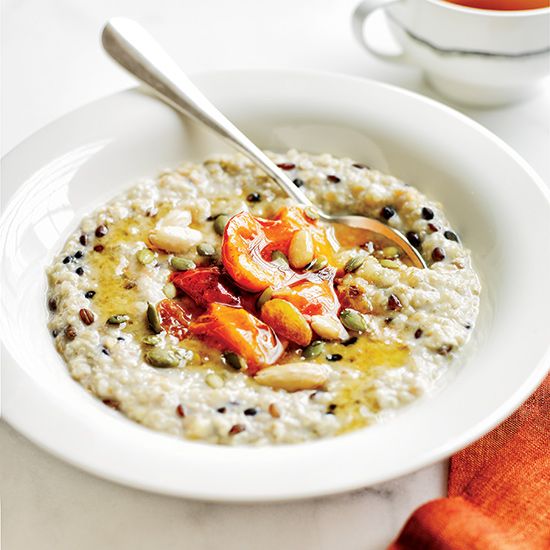
It's important that you stir frequently. The more you do so, the more the rice will break down and become silky.
While water is used in this recipe, you can use stock for more depth of flavor. Just be sure to use low-sodium or no-salt-added variety.
Leftover porridge can be stored in an airtight container for up to 5 days. The longer it sits, the thicker it gets. Reheat in the microwave or on the stovetop. Stir in a little water, breastmilk, or formula to loosen it up, if necessary.
Can also be frozen for up to 3 months. Thaw in the fridge overnight.
Calories: 201kcal | Carbohydrates: 28g | Protein: 11g | Fat: 5g | Cholesterol: 23mg | Sodium: 45mg | Potassium: 278mg | Fiber: 1g | Calcium: 35mg | Iron: 2mg
Course breakfast, lunch, dinner
Cuisine Asian
Tried this Recipe? Tag me Today!Tag me @KidFriendly.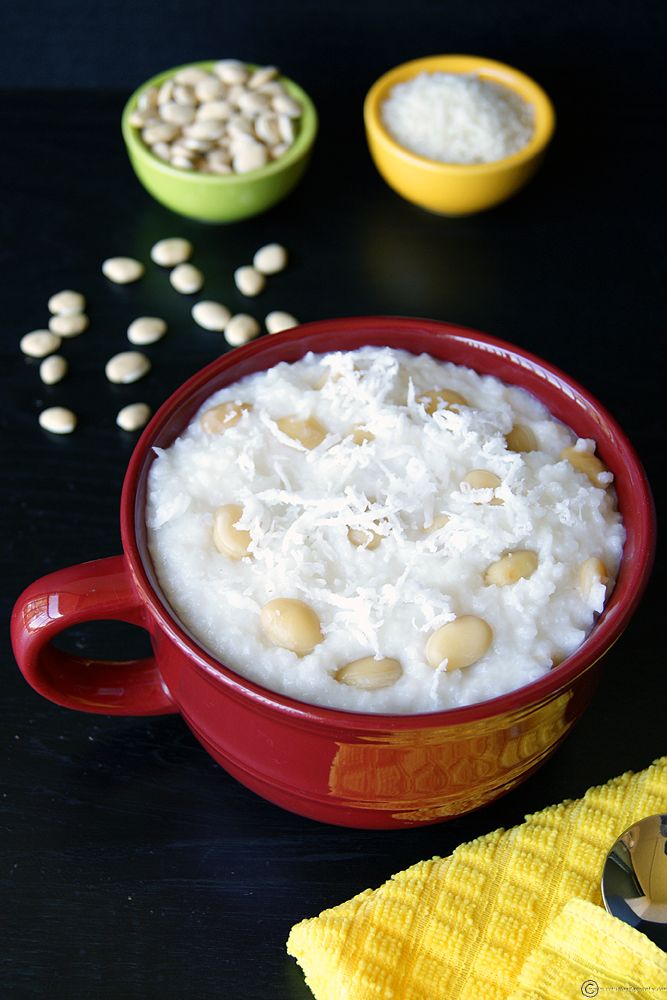 Meals today!
Meals today!
How to make baby rice cereal at home (porridge for babies)
By Swasthi on August 2, 2022, Comments, Jump to Recipe
Baby rice cereal recipe and rice porridge for babies – This homemade baby rice cereal is one of the best first foods for babies. It turns out delicious, creamy and smooth as good as the ready made baby cereals and you may stop buying any more after you try this. This cereal can be used not only for babies but also for toddlers up to 3 years during diarrhea, fever or teething.
This baby cereal is suitable as a first food for 6 months old baby. For babies younger than 6 months, i suggest consulting your pediatrician. You can check this food chart for 6 months old baby and this one for above 7 months old.
Rice is a highly recommended first grain for babies since it is easy to digest, non allergic and the smooth texture it yields. The ready made cereals are precooked, dehydrated and then processed.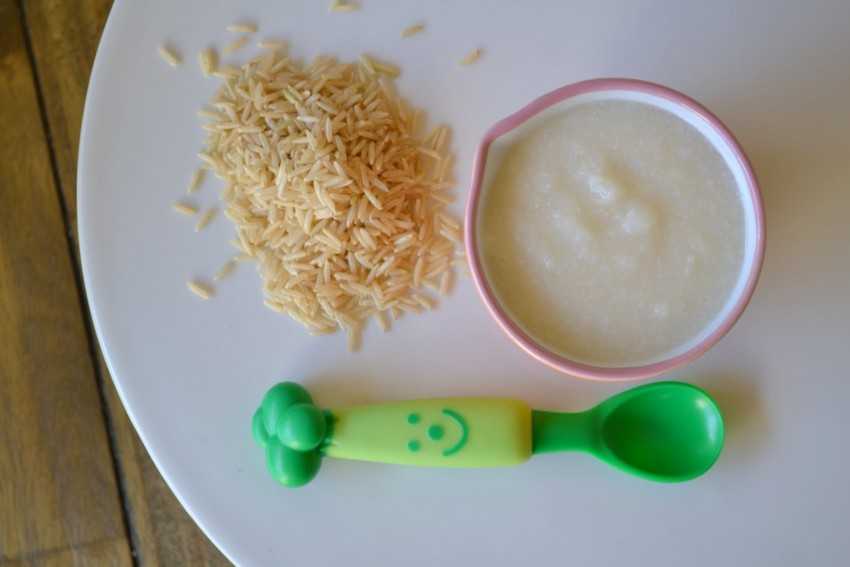 During this process many nutrients are lost – this is one of the reasons why ready made baby cereals are enriched with more nutrients.
During this process many nutrients are lost – this is one of the reasons why ready made baby cereals are enriched with more nutrients.
Using this recipe, you can make brown rice and white rice cereal separately. Initially use white rice for about a week and then start brown rice by mixing both in equal quantities.
After the baby completes 6 months, dal/lentils can also be prepared the same way. The ratio of rice: dal should be 3:1 for the first week. If the baby is doing good without any colic, then the proportion can be increased to 2:1. If using brown rice , the ratio can be 2:1:1 white rice:brown rice: dal. You can also add few drops of ghee if using dal to make the baby cereal. To introduce ghee and the for quantity to try with, you can check this post on best foods for weight gain in babies.
I suggest using aged organic rice and dal. I have tried using basmathi, ponni, sona masuri, thai hom mali rice for my kids. Hom mali yields a very fragrant baby cereal and its taste is much superior than any other varieties.
Benefits of this dry cereal
1. Not much time is taken to prepare a baby’s meal. If this powder is ready, making baby’s food is a breeze. Since the ingredients are already soaked and roasted they get cooked fast. Just stir it in water and cook. Not much planning is needed.
2. The texture of the cereal is more like the ready made baby cereal – smooth, delicious, tasty, not expensive and more healthy than the ready made cereals.
3. Make one base cereal but can add so many flavors to this. Fruit purees, mashed veggies, milk or leafy greens can also be added.
How to make baby rice cereal at home step by step photos
1. Wash brown, white rice and dal separately until the water runs clear. Soak them in lot of water for about 6 hours. Do not cover the pot, leave them in a well ventilated place, like near a window. This process of soaking rice or dal breaks down the hard to digest components in the foods for easy digestion. This also helps to prevent colic. However if you feel you cannot do the entire process, you may just skip the soaking part. Rinse them well and drain the water.
However if you feel you cannot do the entire process, you may just skip the soaking part. Rinse them well and drain the water.
2. Drain off completely in a colander. Spread them on a clean white cloth, preferable white or undyed cloth. Leave it to air dry or fan dry for 30 to 50 minutes.
3. Dry roast them on a medium flame for 5 minutes and then on a low flame. After a while, rice begins to pop and splutter. The grains turn out very light so the cereal is gentle on the tummy. Switch off and cool.
4. Similarly follow the same process for white rice and dal.
5. When cooled powder them finely and store in a air tight jar. If your blender cannot process well, sieve the flour. Powder the coarse grains again.
Rice porridge recipe for babies
To prepare baby food, always use a heavy bottom steel pot. Do not use aluminium or non stick pans. To prepare the cereal, mix 1 tbsp flour with 1/2 cup water and cook on a low flame constantly stirring to prevent burning. Foods cooked on a low flame yield the best texture and taste. 1:6 ratio of flour:water works well to bring it to the right consistency. You may need to add more water since that depends on the kind of rice. When the cereal cools down, add formula milk or breast milk to enhance the nutrition. For babies above 6 months, moong dal can be used. I suggest not to add milk to dal, instead ghee can be added.
Foods cooked on a low flame yield the best texture and taste. 1:6 ratio of flour:water works well to bring it to the right consistency. You may need to add more water since that depends on the kind of rice. When the cereal cools down, add formula milk or breast milk to enhance the nutrition. For babies above 6 months, moong dal can be used. I suggest not to add milk to dal, instead ghee can be added.
Based on the baby’s tummy conditions, you can combine them and use. Prefer only white rice cereal with milk when the baby has more colic. During stomach upset or teething, this powder can be used to make a rice porridge or kanji. This powder can be used for light dinner as well after 7 months.
Any fruit puree or mashed veggies like potato or sweet potato can also be added to the rice cereal instead of milk. Since fruits and milk do not go well together, i suggest not to serve both in one meal.
There are so many ways this dry baby rice cereal can be put to use. I will update more ideas on this post shortly.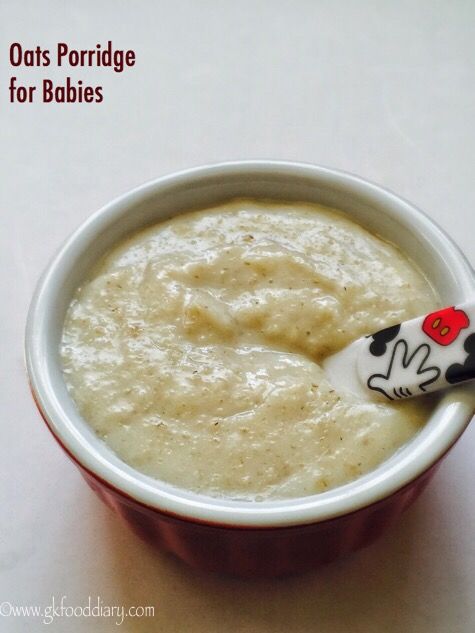
Here are the notes on baby rice cereal that may be useful:
1. I used aged brown basmathi rice and ponni rice, since i made this for the blog post and not for a baby in real. If making for baby i highly recommend using organic rice and dal.
2. I have used 1:6 proportion of brown rice:water to cook the cereal. It may vary depending on the stove flame, quality of rice, brand of rice and whether it is brown or white rice. You will have to adjust the quantity of water as needed especially if making very less quantity.
3. This dry cereal keeps good if refrigerated for more than an year and if frozen for longer.
Prep Time6 minutes
Cook Time30 minutes
Total Time36 minutes
Servings1 cup
AuthorSwasthi
- ▢ 1 cup rice (prefer organic)
- ▢ Water to wash the rice
Alternative quantities provided in the recipe card are for 1x only, original recipe.
For best results follow my detailed step-by-step photo instructions and tips above the recipe card.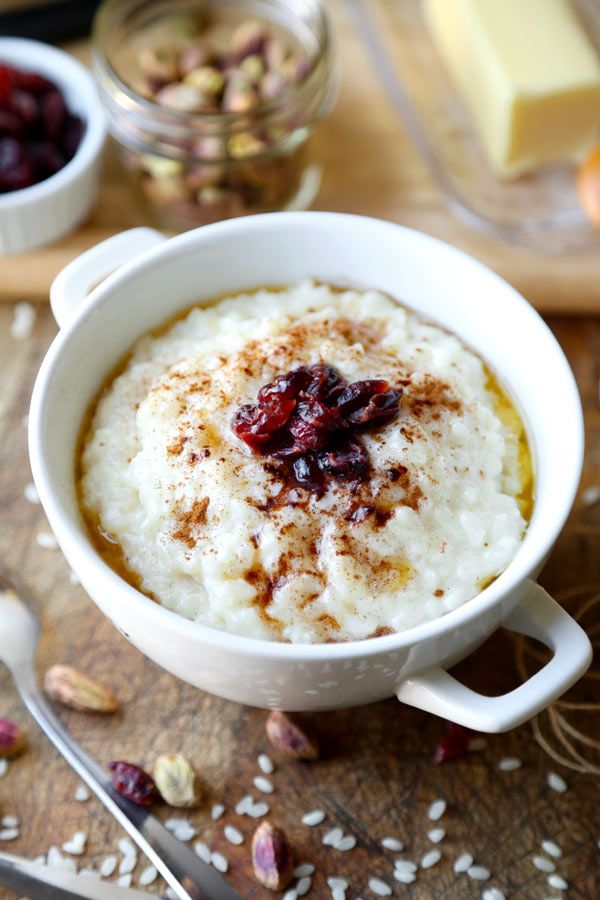
Nutrition Facts
How to make baby rice cereal at home (porridge for babies)
Amount Per Serving
Calories 675 Calories from Fat 9
% Daily Value*
Fat 1g2%
Sodium 9mg0%
Potassium 212mg6%
Carbohydrates 147g49%
Fiber 2g8%
Protein 13g26%
Calcium 52mg5%
Iron 1.5mg8%
* Percent Daily Values are based on a 2000 calorie diet.
Tried this recipe?Mention @SwasthisRecipes or tag #swasthisrecipes!
© Swasthi’s Recipes
About Swasthi
I’m Swasthi Shreekanth, the recipe developer, food photographer & food writer behind Swasthi’s Recipes.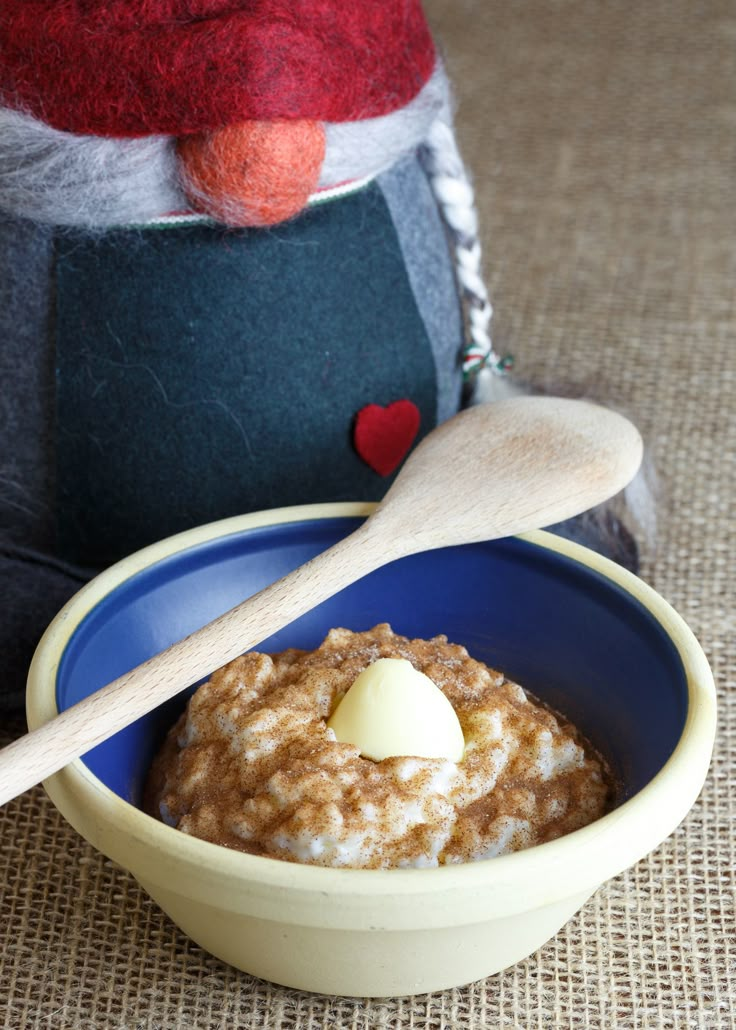 My aim is to help you cook great Indian food with my time-tested recipes. After 2 decades of experience in practical Indian cooking I started this blog to help people cook better & more often at home. Whether you are a novice or an experienced cook I am sure Swasthi’s Recipes will assist you to enhance your cooking skills.
My aim is to help you cook great Indian food with my time-tested recipes. After 2 decades of experience in practical Indian cooking I started this blog to help people cook better & more often at home. Whether you are a novice or an experienced cook I am sure Swasthi’s Recipes will assist you to enhance your cooking skills.
Follow Swasthi’s Recipes
Sign up to receive awesome Swasthi’s Recipes in your inbox *
Popular Recipes
Featured Recipes
Rice porridge - Encyclopedia Baby food
(4) 6-7 months Gluten-free Milk-free Flour-free Meat-free Sugar-free Egg-free Boil Second breakfast Breakfast Porridge Cereals Low calorie Snack Cooked Recipes
No comments
Levchuk Viktoria©
Rice porridge is one of the first to be introduced into complementary foods.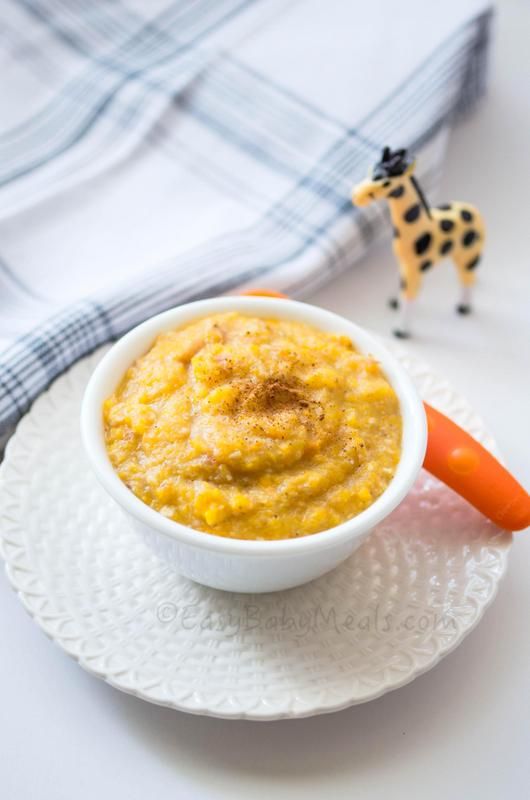 Usually the choice is made between rice and buckwheat.
Usually the choice is made between rice and buckwheat.
Easy, fresh and nutritious homemade porridge recipes - the child will be delighted!
Making a whole grain healthy breakfast for your baby is easy.
The recommended age to start solid foods is generally 6 months of age, but many babies begin solid foods between 4 and 6 months of age. This recipe is suitable for this age group.
Rice is one of the first foods for a baby. It is best to use whole grains for the first feeding, ground into flour, than to buy ready-made rice porridge.
Rice porridge is suitable for 6-7 months of age as a first or second complementary food.
Introduced complementary foods: Rice, water.
Rice porridge
| Print a recipe |
A simple recipe for preparing rice porridge for infants at home.
| Servings Serve warm. Recipe notes Brown or white rice is ground in a special mill to a flour. It is best to use rice flour to make porridge, but you can grind the finished dish with a blender or food processor. Social networks: how to cook rice for feeding40263 Hide
One of the first "adult" dishes on the baby's table is rice. This cereal has earned the trust of nutritionists, pediatricians and parents around the world. Rice is a gluten-free, low-allergenic cereal with a high content of "healthy" carbohydrates (up to 85%), which are perfectly digested in the baby's sensitive digestive tract. Rice is also traditionally used in the therapeutic diets of people with diseases of the gastrointestinal tract, obesity, diabetes, metabolic syndrome and intestinal infections.
Main useful properties The main properties of rice porridge are its low calorie content (44 kcal per 100 g of product) and the optimal ratio of proteins, fats and carbohydrates. Rice has a low glycemic index, which contributes to a more efficient supply of glucose to the brain. Protein in rice contains a small amount, but due to its structure, it is perfectly absorbed by the human body (up to 98%). In the fat component of rice, 1/5 part (21%) belongs to fatty acids important for the child's body: oleic (37%), linoleic (41%) and linolenic. The low fat content in rice groats (0.7–1 g/100 g of groats), the optimal ratio of proteins, fats and carbohydrates (7 g/1 g/74 g) create a long-lasting feeling of fullness when eating ready-made rice dishes. Since rice does not contain coarse dietary fiber, it can be used in the diet of people with diseases of the digestive system, accompanied by excessive motility and gas formation. The vitamin and mineral composition of rice cereal is not as rich as compared to buckwheat or oatmeal. Rice dishes occupy one of the leading positions in the world gastronomic culture. About 5000 recipes based on this cereal are known. Therefore, in baby food, rice porridge does not lose its popularity. For breakfast in Russia, porridge is traditionally prepared for children, because the first meal should be high-calorie, satisfying and tasty. The main components of a healthy breakfast should be complex carbohydrates, proteins and fats of animal origin, which take longer to be processed by digestive enzymes. Therefore, the choice of parents in favor of porridge as the main dish in the morning is quite justified. Rice porridge for feeding children in the first year of life Children's rice porridge is one of the most popular products in the Baby Premium line. Small gourmets can choose from dairy-free and milky rice porridges, with fruit additives.
The use of fortified baby foods is an important part of nutrition in the first year of life. During the transition of a child from exclusive breastfeeding to the stage of introduction of complementary foods, short-term deficiency states for individual microelements may occur. Lack of proper eating habits in the family, encouragement of the child's independent choice of food, selectivity in nutrition, restrictive diets are factors that lead to a deficiency of vitamins and minerals in the baby's diet. In this regard, health professionals have developed a global strategy to reduce the risk of developing vitamin and mineral deficiency - the mandatory fortification of daily food products, especially regarding the children's menu. Thus, it has been proven that no additional non-fortified food can provide the infant with an adequate level of zinc, the deficiency of which causes a decrease in growth rate, intestinal diseases and a decrease in immune tolerance. The same risk factors include the high prevalence of iron deficiency in children of the first year of life due to poor control of maternal nutrition during pregnancy and lactation, dieting, preterm birth and the development of digestive disorders in the infant in the first months of life. Iron deficiency can cause delayed psychomotor development and other health problems in the baby. With the right balance of trace elements in the diet of both the mother and the baby, this condition can be avoided. Baby Premium baby cereals contain all the necessary vitamins and minerals, but the content of such elements as iron, iodine, zinc, B, A, C vitamins is especially high, which cover up to 10% of the daily requirement for these substances.
The first complementary foods with rice porridge for children Each parent can offer children's rice porridge for breakfast. If it is necessary to make a more varied diet and introduce the child to new tastes in the Baby Premium line, you can choose milk rice porridge with fruits. Fruit additives in cereals are additional sources of dietary fiber, vitamins, minerals, and also develop the taste buds of a little gourmet. If a child has health problems in the form of food allergies, malabsorption syndrome, celiac disease, then he can be recommended for a long time low-allergenic rice porridge, which is also a full-fledged dairy-free cereal dish. The use of Baby Premium cereals in the daily diet of young children allows parents to be confident in the high level of technological, microbiological and chemical safety of the product, its usefulness and ease of preparation in various conditions.
Dietary Recommendations1. Start introducing a new food into your diet with a tiny amount. For the first acquaintance with rice, a quarter of a teaspoon of porridge will be enough for a crumb. Every day, you can increase the serving, gradually trying to reach the amount of one serving recommended by the pediatrician. 2. It is best to offer this high-carbohydrate product to babies in the morning. 3. Set aside rice foods for a while if your baby has bloating, intestinal colic, or problems with bowel movements (constipation). 4. Having decided how to cook rice porridge for complementary foods, over time you can enrich the taste of the main dish by adding mashed apple, pear or squash puree to it. 5. In the Bebi Premium line, along with classic rice porridge, there are options with fruit, vegetable, and cream components. They will introduce the baby to new facets of the taste of a product already known to him a few months after the introduction of the first complementary foods. 6. Take the time to teach your child about food etiquette from an early age. Wash your hands before and after eating. If the baby is already more than 10 months old, let him try to feed himself. To do this, put a beautiful bowl in front of him and offer a spoon that will be comfortable for him to hold.
How to cook rice porridge for babies You can go in two ways - buy a package of regular rice or choose a special ready-made baby porridge from this cereal. Rice groats Several varieties of the product can be found on store shelves. These are parboiled, long-grain, round-grain and medium-grain rice. For the first feeding, the last option is best. Such a product absorbs a large amount of moisture during cooking and boils well. Before you cook rice porridge for the first feeding, you need to carefully prepare the grain.
It is important to consider the following information:
Ready porridge At the first feeding, the consistency of the food should be light and as homogeneous as possible. In this case, it is better to take the dairy-free version as the very first product. He leaves the mother the opportunity to prepare a dish with the addition of breast milk or a mixture - products with which the baby's body is already familiar. As a rule, a cooking recipe with exact proportions is indicated on the packaging of porridge. When choosing ready-made baby porridge, pay attention to the composition. The presence of dyes, soy products and some other components can cause allergies and other undesirable reactions on the part of the child's body. Bebi Premium rice porridges for the first complementary foods are distinguished by a balanced composition and are additionally enriched with a complex of prebiotics, which contribute to the formation of the correct microflora of the baby's intestines. |

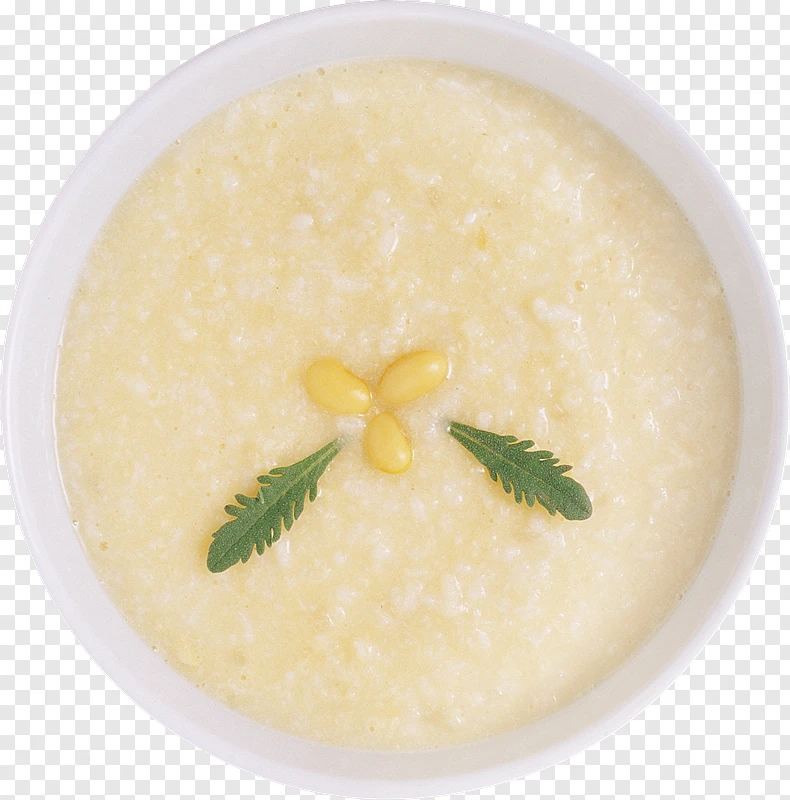
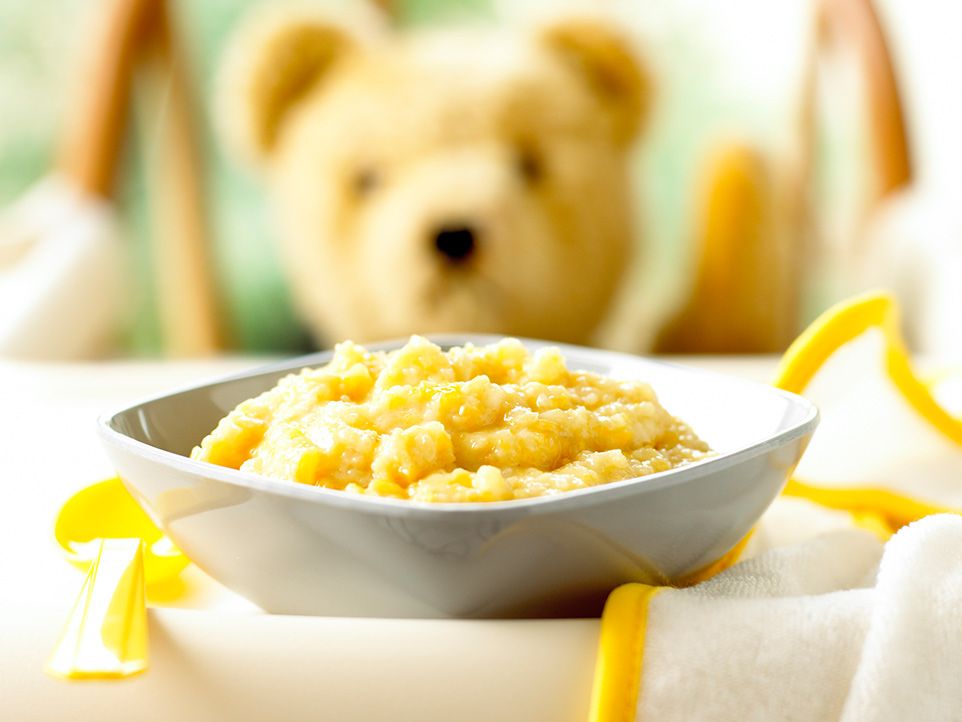
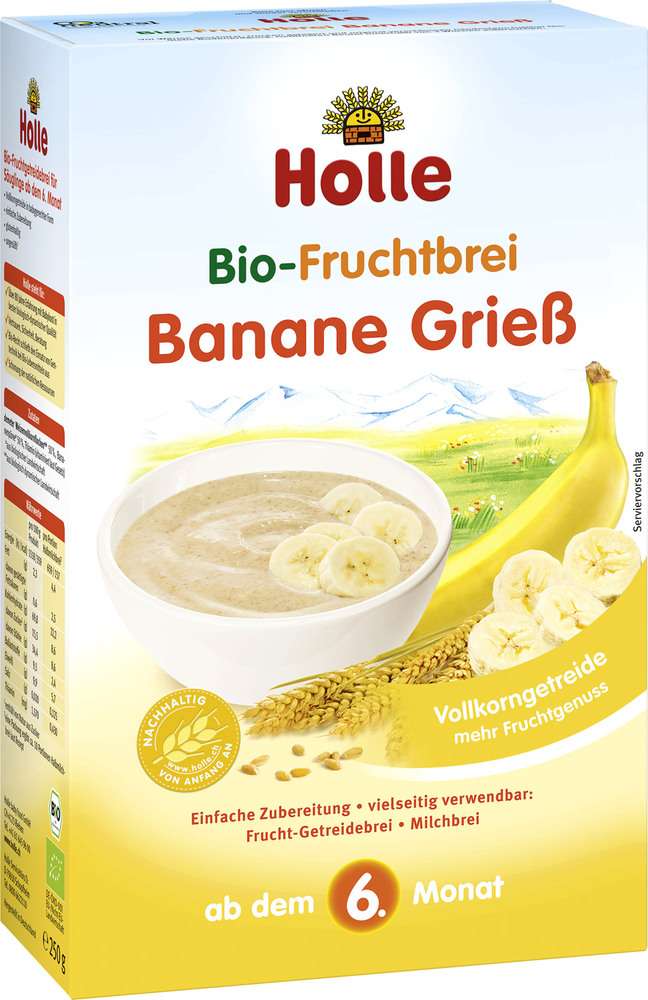 However, rice grains contain a large amount of B vitamins, of which the most are pyridoxine (vitamin B6) and tocopherol (vitamin E).
However, rice grains contain a large amount of B vitamins, of which the most are pyridoxine (vitamin B6) and tocopherol (vitamin E).  All cereals of the Baby Premium line have a high safety profile, are enriched with essential vitamins and minerals, which increases their nutritional value.
All cereals of the Baby Premium line have a high safety profile, are enriched with essential vitamins and minerals, which increases their nutritional value.  Accordingly, the child should receive additional zinc with enriched complementary foods.
Accordingly, the child should receive additional zinc with enriched complementary foods. 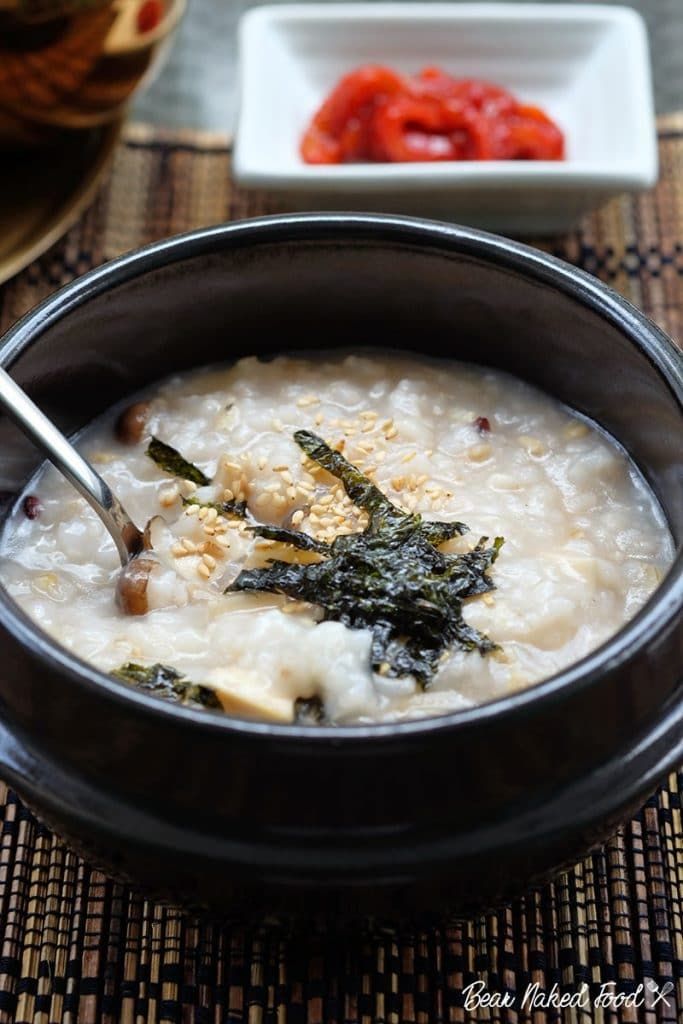 For healthy babies, complementary foods at 4-6 months can be started with safe, low-allergenic Baby Premium rice porridge and gradually move to milk-based rice porridge, which has a high nutritional value due to the ideal combination of animal proteins and cereals, as well as the additional introduction of vitamins and minerals . In terms of calories, milk porridges are comparable to breast milk (90 kcal and 70 kcal, respectively), in this regard, they perfectly maintain a long-term feeling of satiety and give a stable supply of energy to the little hero.
For healthy babies, complementary foods at 4-6 months can be started with safe, low-allergenic Baby Premium rice porridge and gradually move to milk-based rice porridge, which has a high nutritional value due to the ideal combination of animal proteins and cereals, as well as the additional introduction of vitamins and minerals . In terms of calories, milk porridges are comparable to breast milk (90 kcal and 70 kcal, respectively), in this regard, they perfectly maintain a long-term feeling of satiety and give a stable supply of energy to the little hero.  The ratio of the main nutrients, the content of vitamins and minerals in it correspond to all physiological norms of consumption in early childhood. Dairy-free rice porridge is enriched with prebiotics in the form of inulin, which will favorably affect the formation of a healthy microbiota in the intestines.
The ratio of the main nutrients, the content of vitamins and minerals in it correspond to all physiological norms of consumption in early childhood. Dairy-free rice porridge is enriched with prebiotics in the form of inulin, which will favorably affect the formation of a healthy microbiota in the intestines. 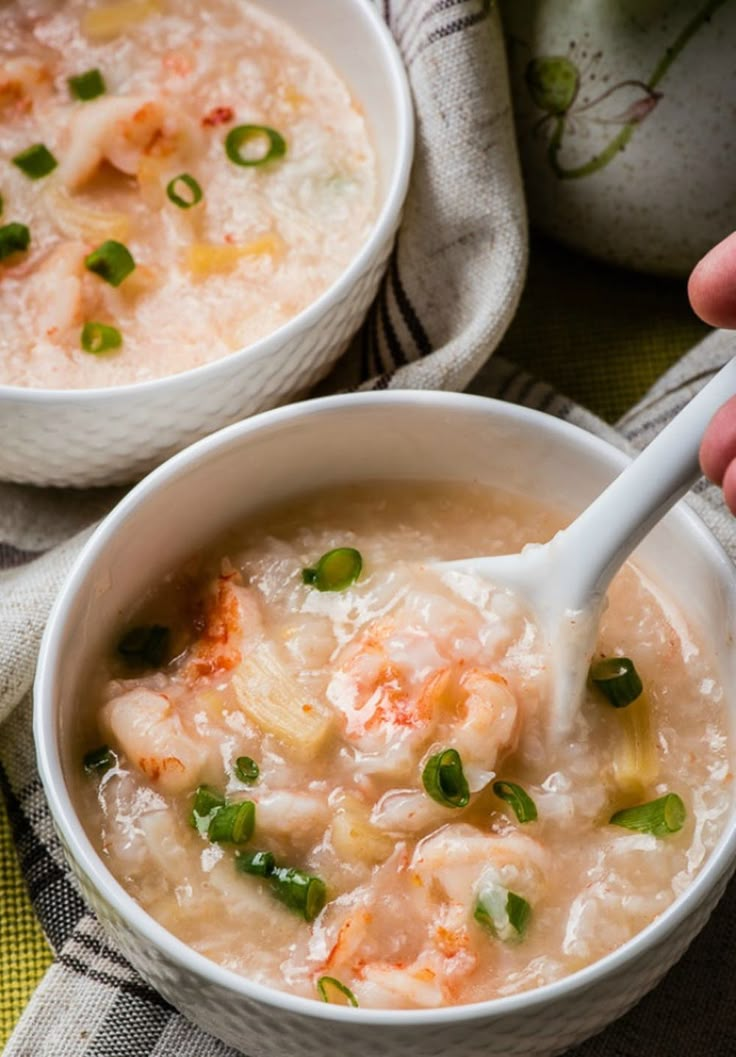
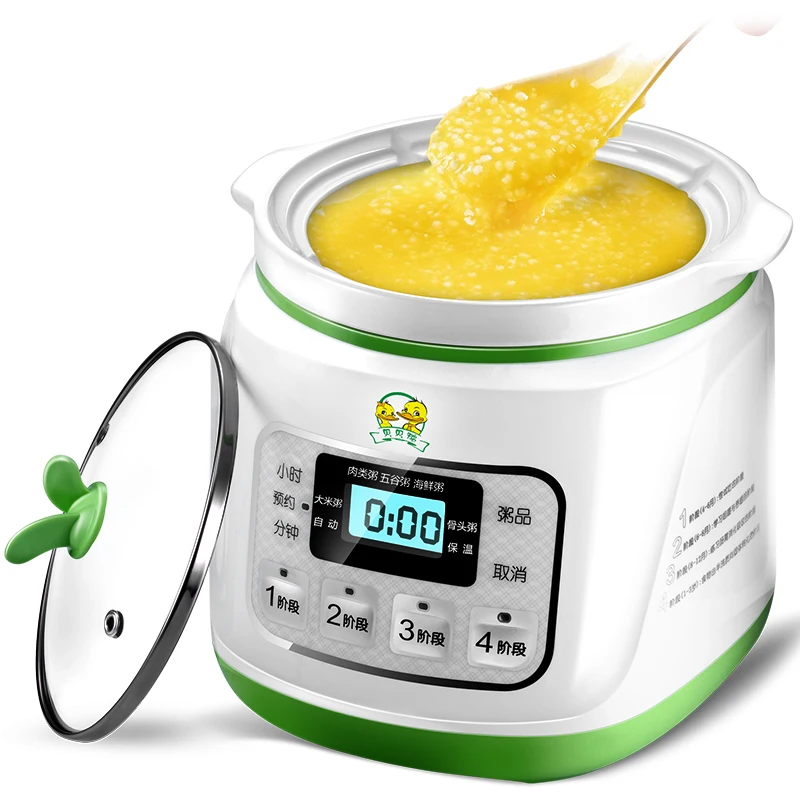 Let's consider both options in more detail.
Let's consider both options in more detail. 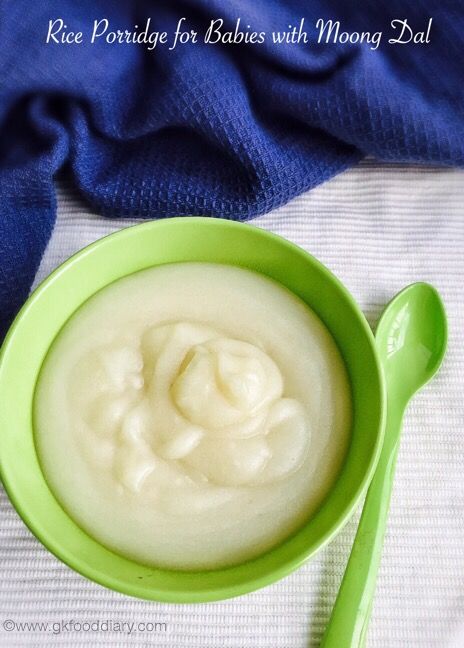 The presence of even small lumps in the baby can provoke regurgitation and rejection of food. Therefore, for the smallest, it is permissible to begin acquaintance with rice in the form of a ready-made powder for making porridge.
The presence of even small lumps in the baby can provoke regurgitation and rejection of food. Therefore, for the smallest, it is permissible to begin acquaintance with rice in the form of a ready-made powder for making porridge. 